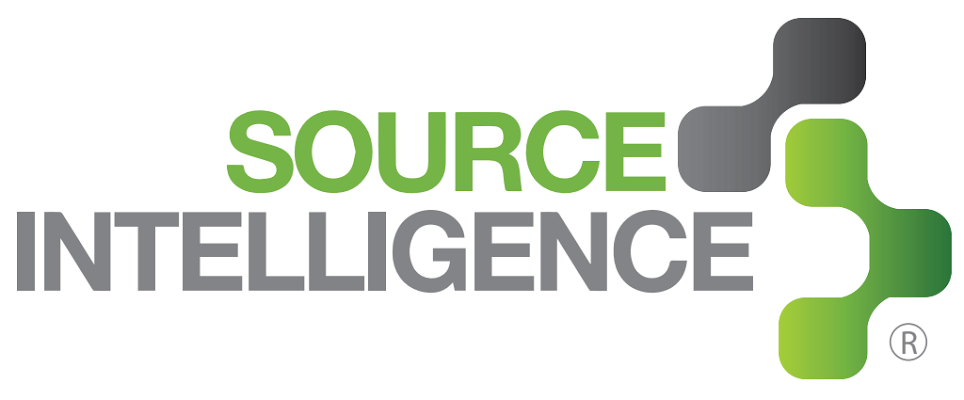14 Conflict Minerals Questions Everyone Wants Answered
The reporting deadline for Conflict Minerals filing year 2015 is approaching (June 1) and while some companies have already filed, most are approaching the deadline with caution. After the recent Amnesty International report analyzing reporting year 2013 filings (almost an entire year later), companies are thinking twice about the level of detail they will put on their conflict minerals reports and Form SDs.
JD Supra and the folks at Skadden, Arps, Slate, Meagher & Flom LLP suggest for a company that has not been able to determine if their products are conflict-free to at least report on progress and steps taken to improve due diligence “since the end of the period covered by its prior conflict minerals report.”
In addition to companies that report to the SEC, privately held companies are getting more involved than ever before in Conflict Minerals reporting so they can fulfill their customers (publicly held companies) requests. “We have seen an influx of privately held companies reach out to us for assistance to investigate their supply chain for potential “conflict minerals” for their customers who must report to the SEC,” says Alexandria Bennett, Business Development Manager at Source Intelligence.
Interestingly, Bennett continues, “both publicly and privately held companies are asking us some important questions like ‘What is different about conflict minerals for 2015 than what was done in 2014?’ ‘What is an Independent Private Sector Audit (IPSA)?’ ‘What is the difference between company level and product level reporting?’ As a result, we compiled the top 14 conflict minerals questions asked this year so we could share with companies looking for more information.”
Whether you are just getting started, haven't started or are almost done with conflict minerals reporting, these Conflict Minerals FAQ released by Source Intelligence could help you. To download, go to http://bit.ly/1PLUoQT.

